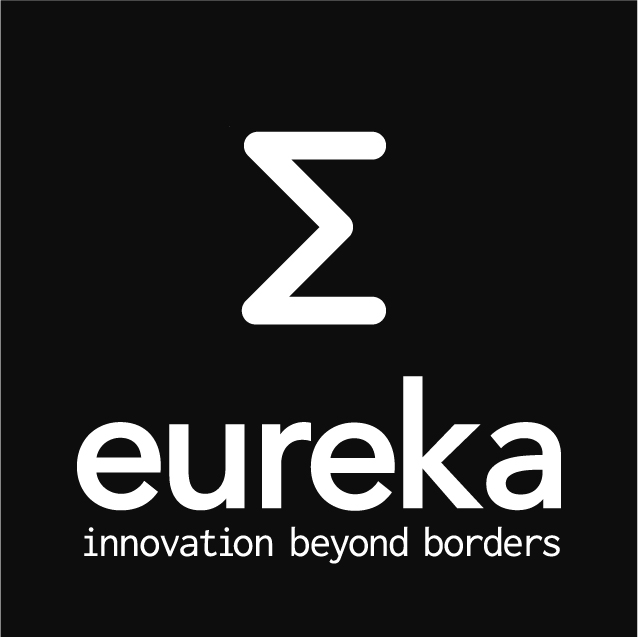Achieving 5G service Assurance in the Residential Domain

Project Status: Finished
Start Date: October 2020
End Date: September 2023
Budget (total): 4532.71 K€
Effort: 30.4 PY
Project-ID: C2019/2-8
ADTRAN GmbH, Germany
Nokia Bell N.V., Belgium
BT, United Kingdom
InPhoTech, Poland
West Pomeranian University od Technology Szczecin, Poland
Lund University, Sweden
MIC Nordic AB, Sweden
Västerbottens läns landsting, Sweden
Sensative AB, Sweden
Telenor Sverige AB, Sweden
Dorotea kommun, Sweden
Karlstad kommun, Sweden
Lycksele kommun, Sweden
Östersund kommun, Sweden
Vilhelmina kommun, Sweden
Abstract
Today´s telecommunication industry focuses increasingly on machines and their future needs. With this project, we focus on telecommunications for humans, in and around the home, and on human-machine interactions. In particular, we innovate and influence standardization and development of telecommunications to support new services with technology-based self-care for chronically ill elderly as a use case.
More and more services will be consumed in and around the home. An increasing amount of entertainment, social activities and shopping takes place there, and also includes work, democratic processes and health care. It is of paramount importance that the telecommunications infrastructure of the homes is shaped so that it can carry these services. While not losing sight on the plurality of future services, we have chosen to focus on healthcare as a primary use case, in particular, rural healthcare for the chronically ill elderly. These services are emotionally engaging, economically important and technically challenging.
Europe is a global industrial centre for telecommunications with a long-standing tradition of technical leadership. The broadband revolution, with the enormous value creation it has led to and the fundamental changes towards a new and sustainable life-style it spawned, is largely a European technological success. However, a gap is forming in the otherwise tight relation between operators and end-users as control over especially the in-home Wi-Fi networks is handed over to over-the-top providers such as smart speakers and smart home assistants. This would lead to home networking being under the simultaneous control of two competing systems and that the delivery of quality-sensitive services as healthcare could become impossible.
The project brings together expertise from optical networks, 4G and 5G mobile communications, Wi-Fi connectivity, as well as in-home and copper communications. The project team is experienced and participates in standards activities.



